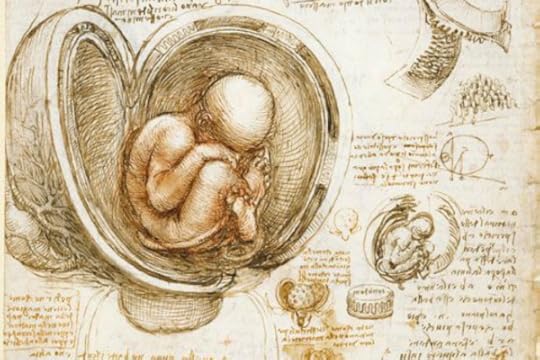
If not for a virus, none of us would ever be born.
In 2000, a team of Boston scientists discovered a peculiar gene in the human genome. It encoded a protein made only by cells in the placenta. They called it syncytin.
The cells that made syncytin were located only where the placenta made contact with the uterus. They fuse together to create a single cellular layer, called the syncytiotrophoblast, which is essential to a fetus for drawing nutrients from its mother. The scientists discovered that in order to fuse together, the cells must first make syncytin.
What made syncytin peculiar was that it was not a human gene. It bore all the hallmarks of a gene from a virus.
Viruses have insinuated themselves into the genome of our ancestors for hundreds of millions of years. They typically have gotten there by infecting eggs or sperm, inserting their own DNA into ours. There are 100,000 known fragments of viruses in the human genome, making up over 8% of our DNA. Most of this virus DNA has been hit by so many mutations that it's nothing but baggage our species carries along from one ...



Published on February 14, 2012 20:48
